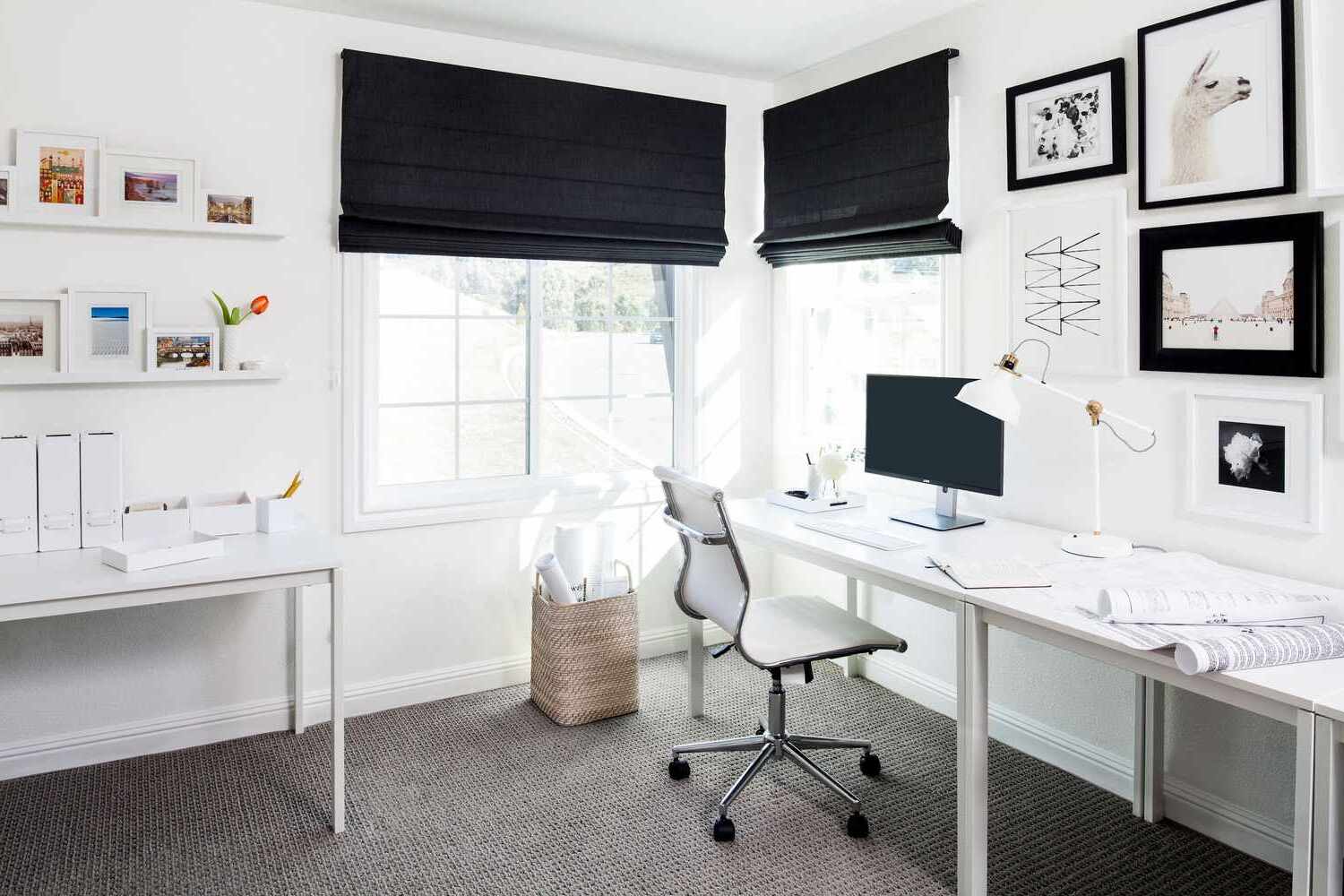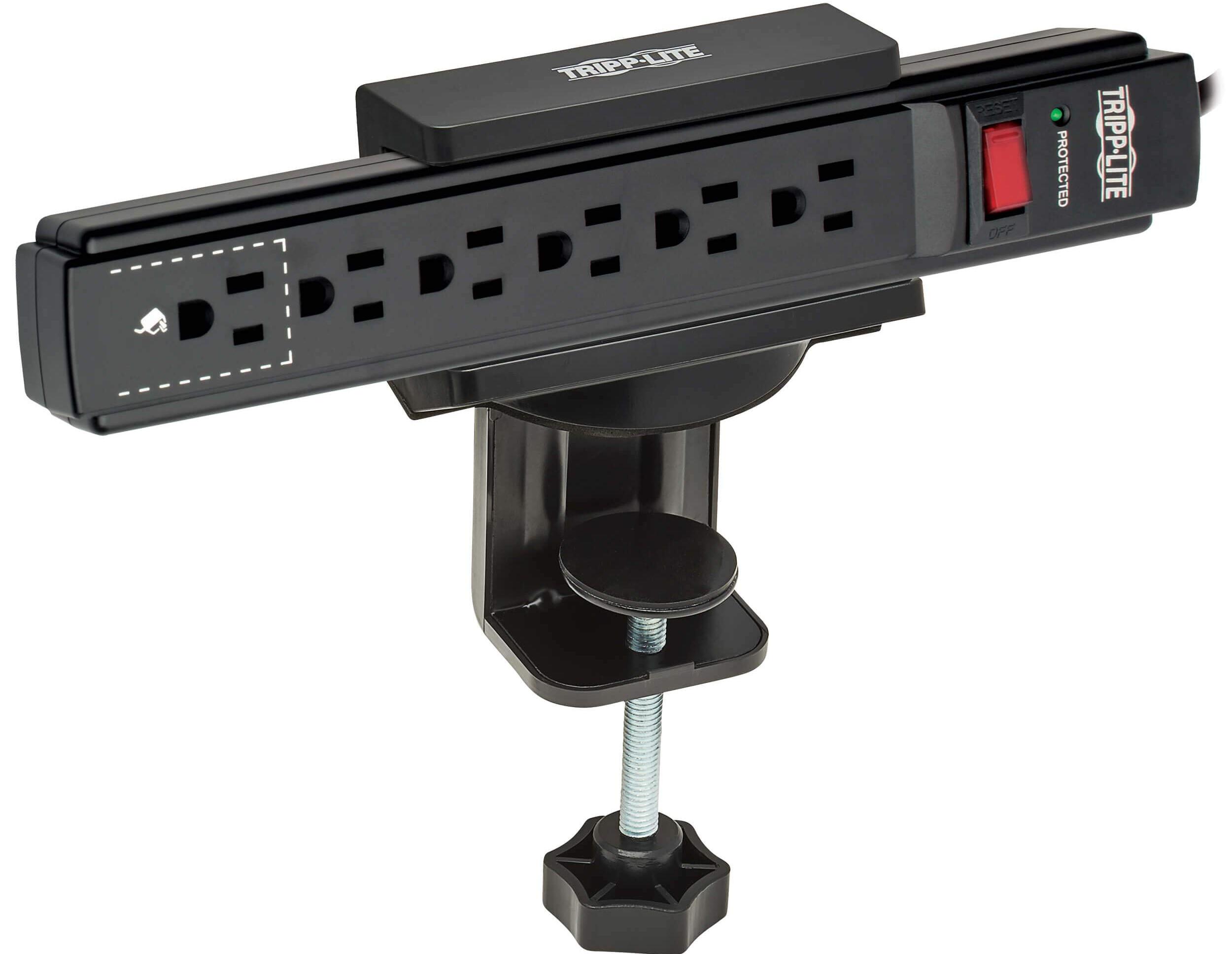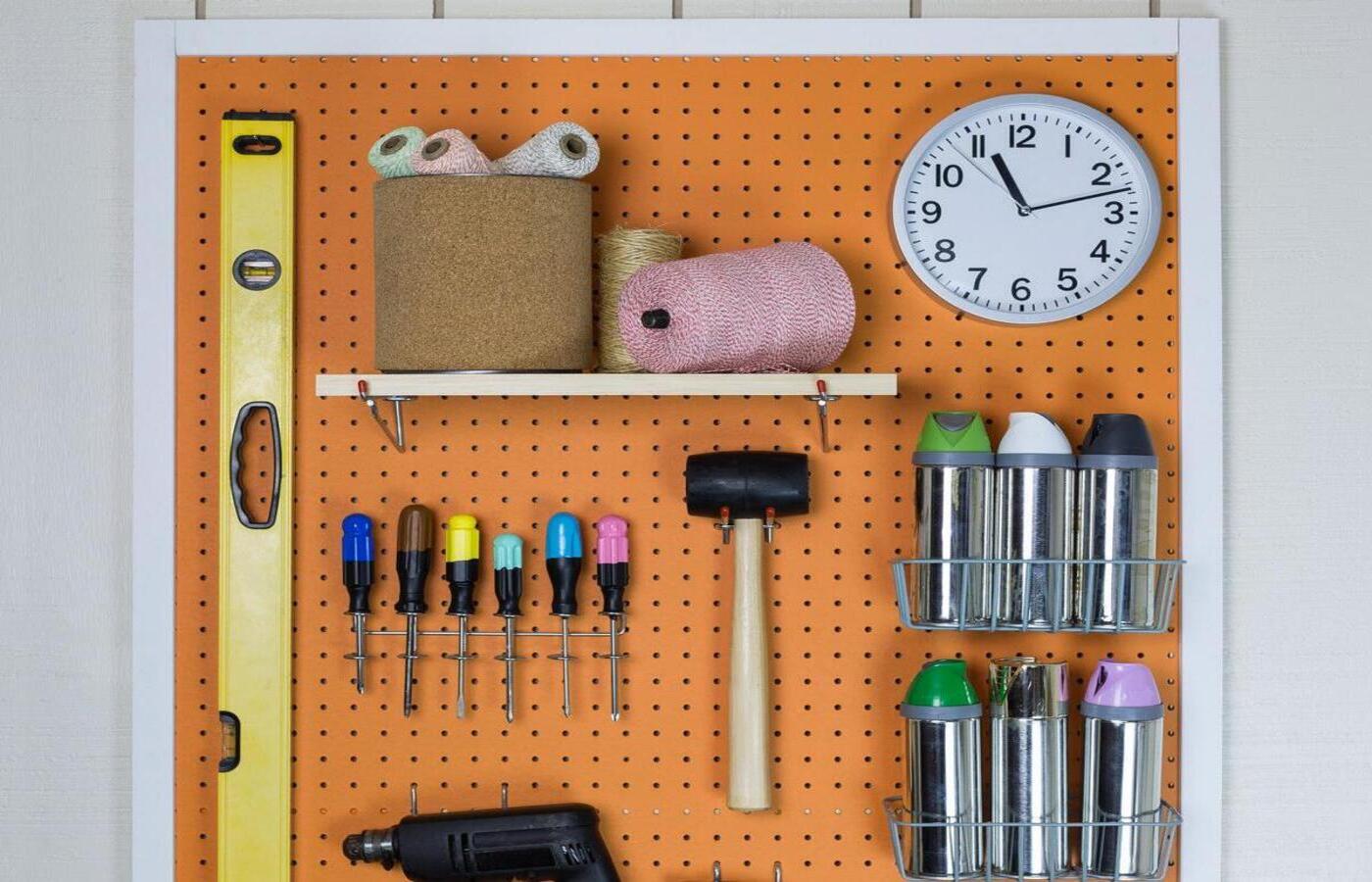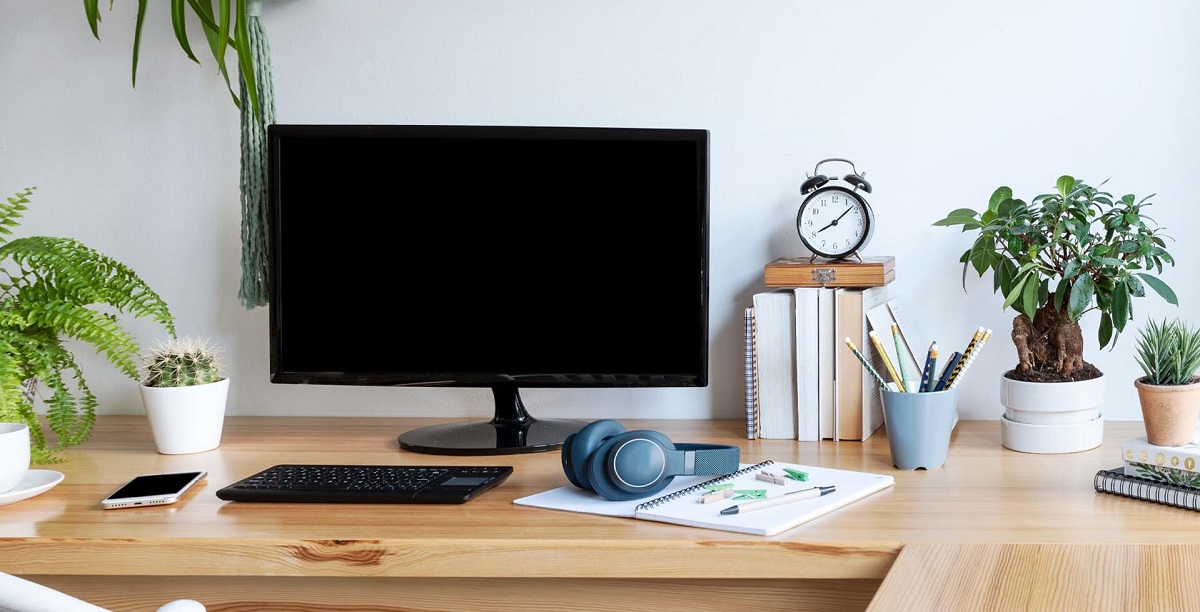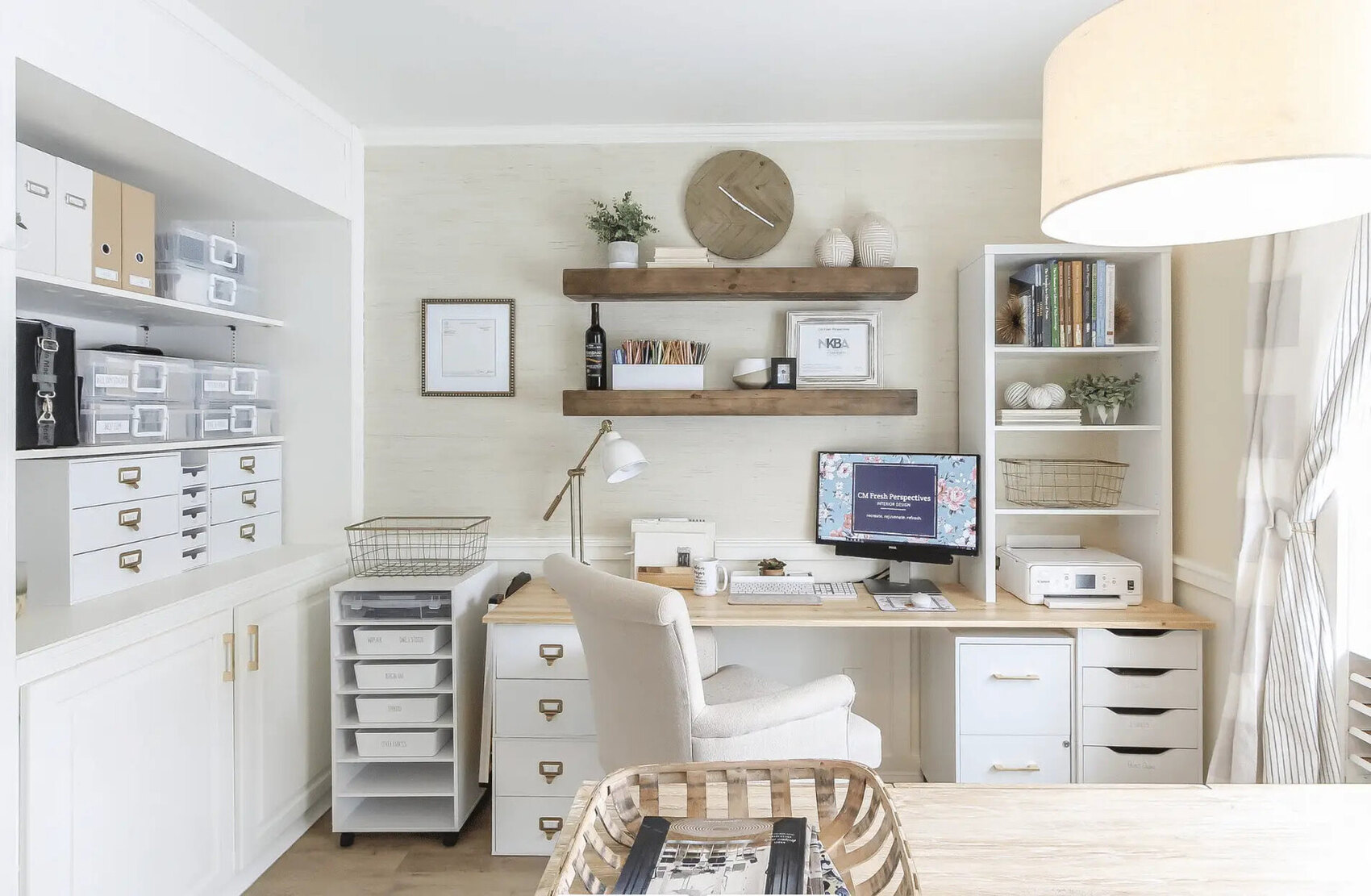Home> Office Organization
Revamp Your Workspace with Genius Office Organization Hacks!
Get your office in tip-top shape with these genius office organization hacks! Revamp your workspace and declutter with these helpful tips.
Organizing A Desk: 10 Ways To Keep Your Office In Order
By: Oliver Mitchell • Interior Design
Desk Feng Shui: 4 Steps To Bring Balance To Your Workspace
By: Noah Bennett • Interior Design
Organizing A Home Office: Maximize Efficiency With These Techniques
By: James Anderson • Interior Design
